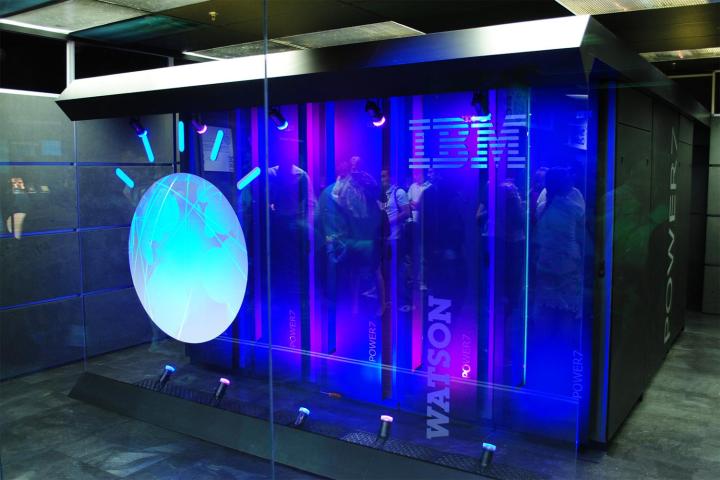
This collaboration marks Watson’s first foray into the world of taxes, though if this year proves to be a success, it seems likely it won’t be its last. “We are introducing something this tax season that is totally new, and is in fact, a first in the tax preparation category,” said Bill Cobb, H&R Block’s president and chief executive officer. “By combining the human expertise, knowledge, and judgment of our tax professionals with the cutting-edge cognitive computing power of Watson, we are creating a future where our clients will benefit from an enhanced experience and our tax pros will have the latest technology to help them ensure every deduction and credit is found.”
With Watson’s help, combing through the massive amounts of data necessary in tax preparation may be a bit easier. After all, the federal tax code is comprised of more than 74,000 pages and comes with thousands of law changes every year, each of which can affect our own tax incomes. But H&R Block and IBM have trained Watson in the tax language, teaching the smart system all about the filing process. The resulting technological solution employs cloud-based Watson services to understand context, interpret intent, and draw conclusions regarding a client’s tax statements and returns.
“IBM has shown how complex, data-rich industries such as healthcare, retail, and education are being transformed through the use of Watson. Now with H&R Block, we’re applying the power of cognitive computing in an entirely new way that everyone can relate to and benefit from — the tax prep process,” said David Kenny, senior vice president, IBM Watson and Cloud Platform. “We’re excited to see H&R Block’s tax professionals, leaders in their field, join their expertise with Watson to enhance the client experience and help millions of individuals file their returns during tax season.”
The new Watson client experience will be made available beginning today at H&R Block retail locations.


